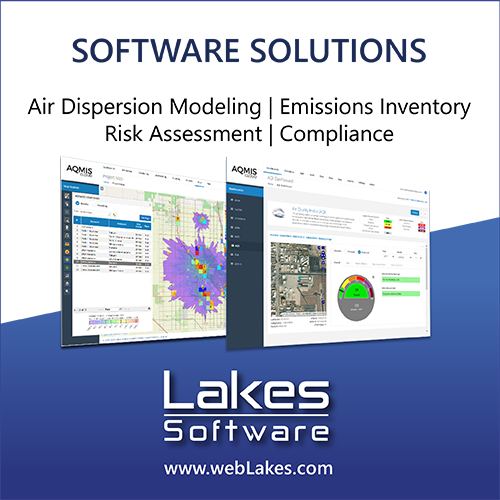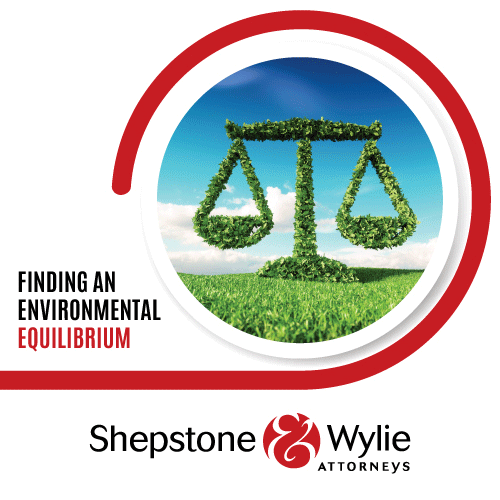Decreasing trend in SO2 concentrations over Durban: 2004 - 2014
DOI:
https://doi.org/10.17159/caj/2023/33/2.15451Keywords:
Ambient SO2 pollution, Durban, yearly average, monthly average, seasonal variation, seasonal averageAbstract
The climatology of ambient SO2 air pollution was investigated in Durban, South Africa using data collected by seven air quality monitoring stations (Ferndale, Grosvenor, Jacobs, Wentworth, Settlers School, Southern Works and Prospecton) operated by eThekwini municipality (2004–2014, 2018-2019). These sites constitute a mix of urban and industrial locations. Yearly average trends indicated that no site exceeded the yearly average national guideline (19ppbv) 2004-2014, 2018-2019. Southern Works, Wentworth and Jacobs, recorded highest yearly averages, a consequence of situation within Durban South Industrial Basin (DSIB) while Ferndale recorded lowest yearly averages, a reflection of location in an urban environment. Results of linear fitting to yearly average data (2004-2014) indicated negative trends (all sites). The largest trend was recorded at Jacobs (-0.48ppbv yr-1) and smallest trends observed at Prospecton (-0.12ppbv yr-1), Ferndale (-0.084ppbv yr-1) and Grosvenor (-0.024ppbv yr-1). Using these linear trends, projected SO2 levels were calculated and compared to actual data where it existed (2019 - Wentworth, Settlers, Prospecton), (2018, 2019 Southern Works). Comparison of actual with projected data indicated that except for Prospecton, projected yearly averages are lower than actual yearly averages for these sites. The largest difference between projected and actual data occurred for Southern Works in 2019 (4.10 ppbv). Monthly averages displayed periodic behaviour with maxima recorded in winter and minima in summer. Highest monthly averages were consistently recorded at Wentworth, Jacobs or Southern Works. Maximum monthly average (2004- 2019) was reported at Jacobs, June 2009 (21.71± 2.82ppbv) while minimum monthly average (2004–2019) was reported at Ferndale, December 2012 (0.32±0.04ppbv).
Previous Durban SO2 studies are considerably older or of shorter duration than the analysis presented here and are limited as they principally focus on yearly average trends. The determination of SO2 levels over additional averaging periods (monthly average, seasonal variation, seasonal average) coupled with a larger data set and the comparison across sites (industrial vs urban) provides a more detailed exposure profile as experienced by individuals living and working in the eThekwini municipality and thereby expands on previous investigations.
Downloads
Downloads
Published
Issue
Section
License
Copyright (c) 2023 barbara duigan, S.K. Sangeetha, V Sivakumar

This work is licensed under a Creative Commons Attribution 4.0 International License.

All articles are published under a Creative Commons Attribution 4.0 International License; copyright is retained by the authors. Readers are welcome to reproduce, share and adapt the content without permission provided the source is attributed.








.png)